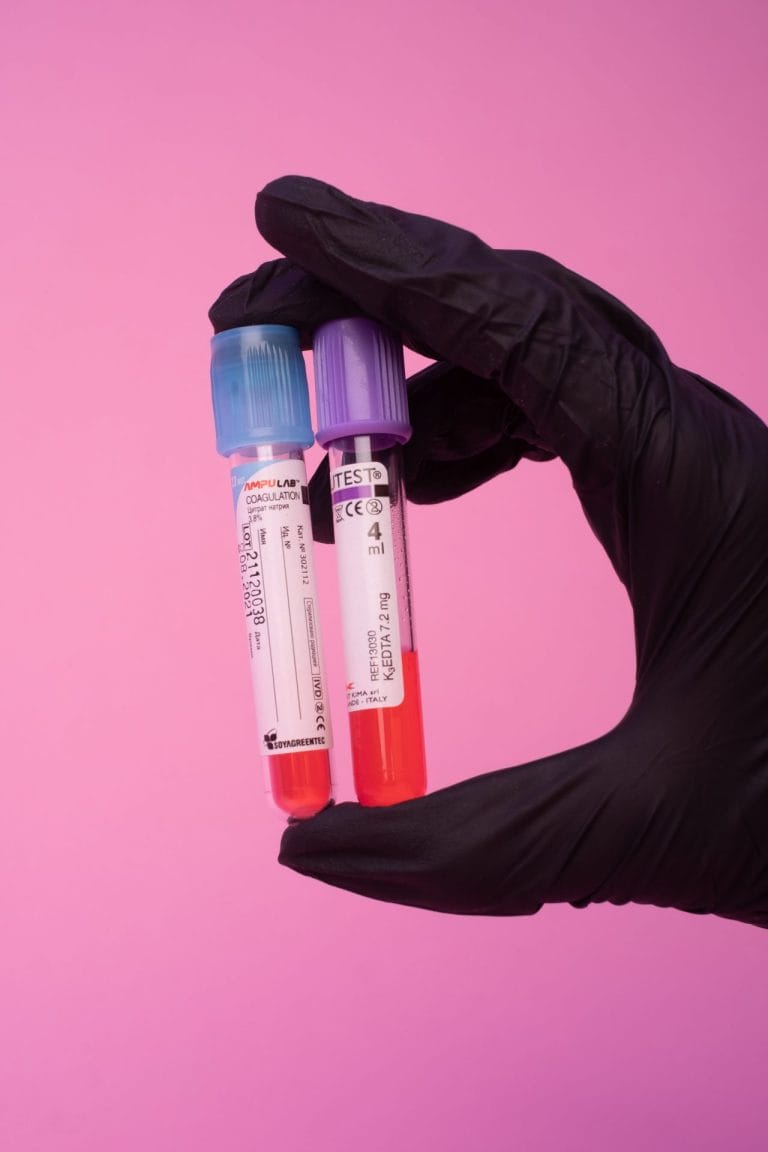Deep vein thrombosis (DVT) is a condition that affects a large number of people globally. DVT refers to the formation of blood clots within the veins of the body. While it commonly occurs in the legs, it can also affect areas like the arms or pelvis. These clots develop due to disruptions in blood flow within the veins or changes in the composition of blood itself. If left untreated, DVT can lead to complications like an embolism. In this guide, we will delve into the causes, risk factors, symptoms, diagnosis techniques, available treatments, and preventive strategies for DVT.
Causes and Risk Factors of DVT
Multiple causes and risk factors increase an individual’s chances of developing DVT. Some common triggers include prolonged periods of immobility, vein injuries resulting from surgery or trauma, certain medications (such as contraceptives), pregnancy-related factors, and underlying medical conditions that contribute to blood clotting.
When you get DVT, you can see blue or purple clusters of veins in the affected areas. In the initial stages of the issue, you can reduce varicose veins by exercising, massaging, and applying topical creams recommended by a healthcare professional. However, before you start self-treating, it won’t hurt to consult a physician to get the best treatment outcomes.
Recognizing Symptoms
One challenge associated with DVT is that it may not always exhibit symptoms initially.
However, when symptoms do arise, they often manifest as pain or swelling in the affected area with varicose veins (the leg), a sensation over the thrombosis site, skin redness or discoloration, and visible swelling of veins beneath the skin.
Diagnosis
To accurately diagnose DVT, healthcare professionals employ tests like ultrasound scans or venography. These tests aid in visualizing blood flow and identifying any clots within veins. Early detection plays a significant role in initiating appropriate treatment and eliminating varicose veins completely.
Treatment Options
Patients with DVT are typically managed through therapy, which involves using medication to prevent clotting and gradually reduce existing clots over time. Prescribed medications include heparin and warfarin, requiring blood tests to monitor clotting times. In some cases, procedures such as thrombolysis (using medication or surgery to dissolve the clot) may be necessary.
Prevention Strategies
Preventing DVT is crucial for individuals at risk, such as those who have recently had surgery, individuals with cancer, or those with a history of DVT occurrences. Effective preventive measures include mobilization after periods of immobility, wearing compression stockings, engaging in regular exercise routines, maintaining hydration levels adequately, and abstaining from smoking.
Complications of Deep Vein Thrombosis (DVT)
If left untreated, DVT can lead to complications that are potentially life-threatening and require immediate medical attention. One such complication is the occurrence of an embolism (PE), where a blood clot detaches from the veins and travels to the lungs, causing blockages in the arteries. Symptoms of PE include difficulty in breathing, chest pain, rapid heartbeat, and coughing up blood. Other possible complications of DVT include thrombotic syndrome, which can cause enduring leg pain, swelling, and changes in the skin.
Long Term Follow-Up
For individuals who have experienced a DVT episode or are at risk for its recurrence, long-term management is crucial to prevent clot formation. This may involve treatment with medication, making lifestyle adjustments like weight loss or quitting smoking, regular screenings for any signs of recurring clots or complications such as post-thrombotic syndrome, and addressing any underlying conditions that contribute to the risk of DVT.
Conclusion
Deep vein thrombosis is a severe condition that necessitates timely diagnosis and appropriate treatment. By comprehending its causes, risk factors, symptoms, diagnostic methods, and treatment options for DVT, individuals can take measures to decrease their likelihood of developing this condition.
Recognizing symptoms and promptly seeking help is essential for timely intervention. It is important to discuss strategies with healthcare professionals as this can greatly reduce the risk of developing or experiencing a recurrence of DVT.
